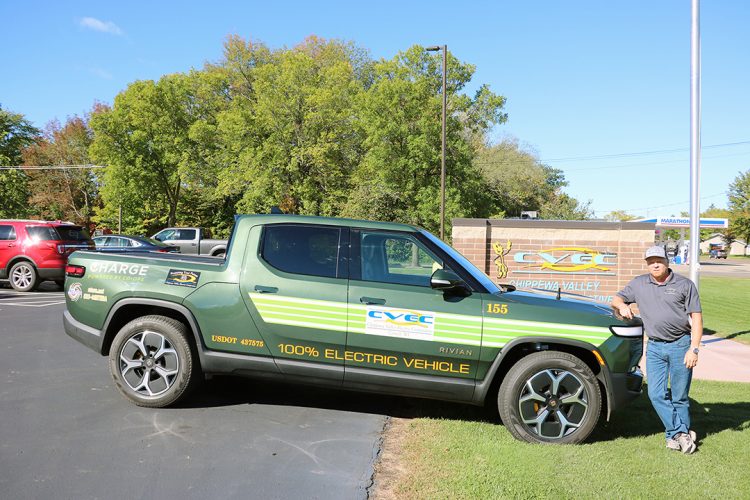It’s not the Jetsons car, but it comes close


Kevin Scheidler is still figuring out all the bells and whistles on the electric vehicle (EV) at the cooperative, but is hopeful that they can begin to offer test drives to members in ...


Kevin Scheidler is still figuring out all the bells and whistles on the electric vehicle (EV) at the cooperative, but is hopeful that they can begin to offer test drives to members in ...